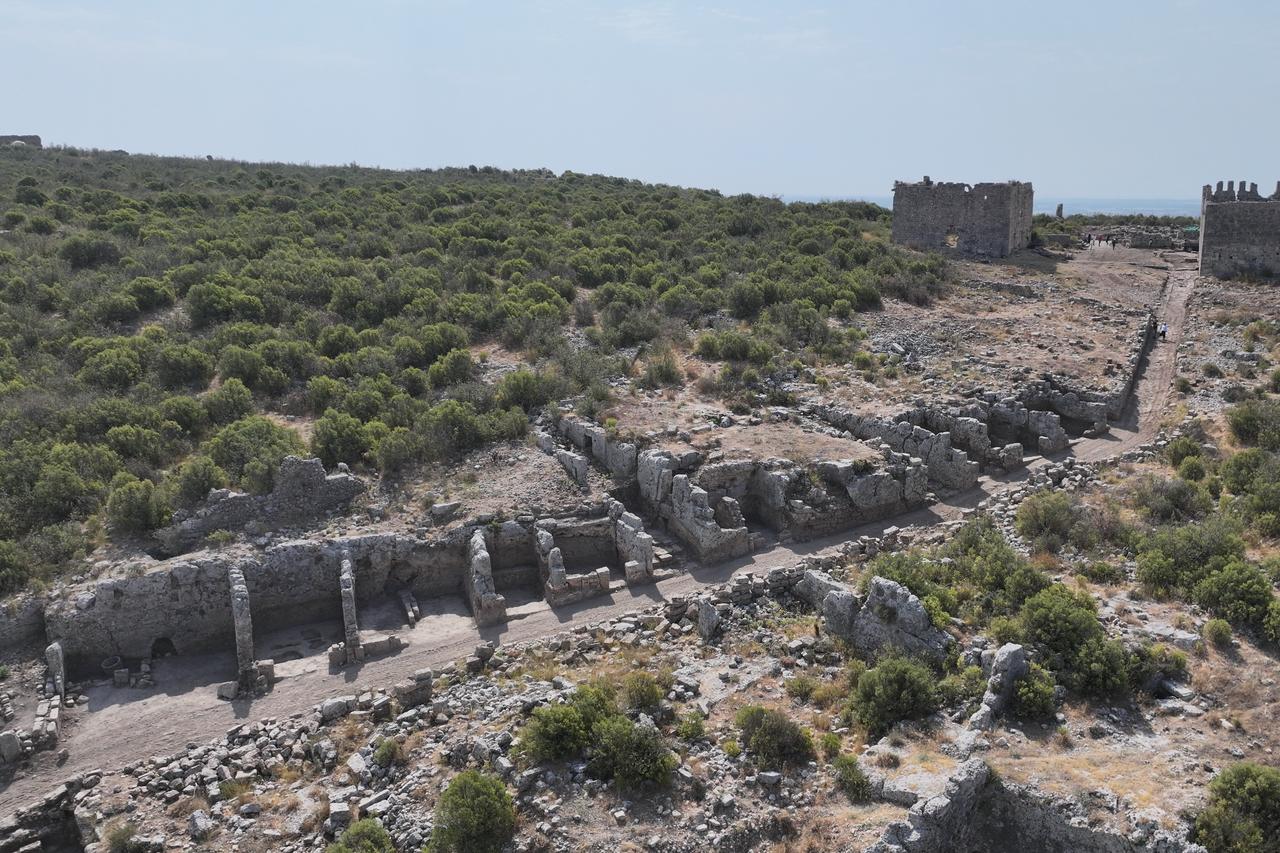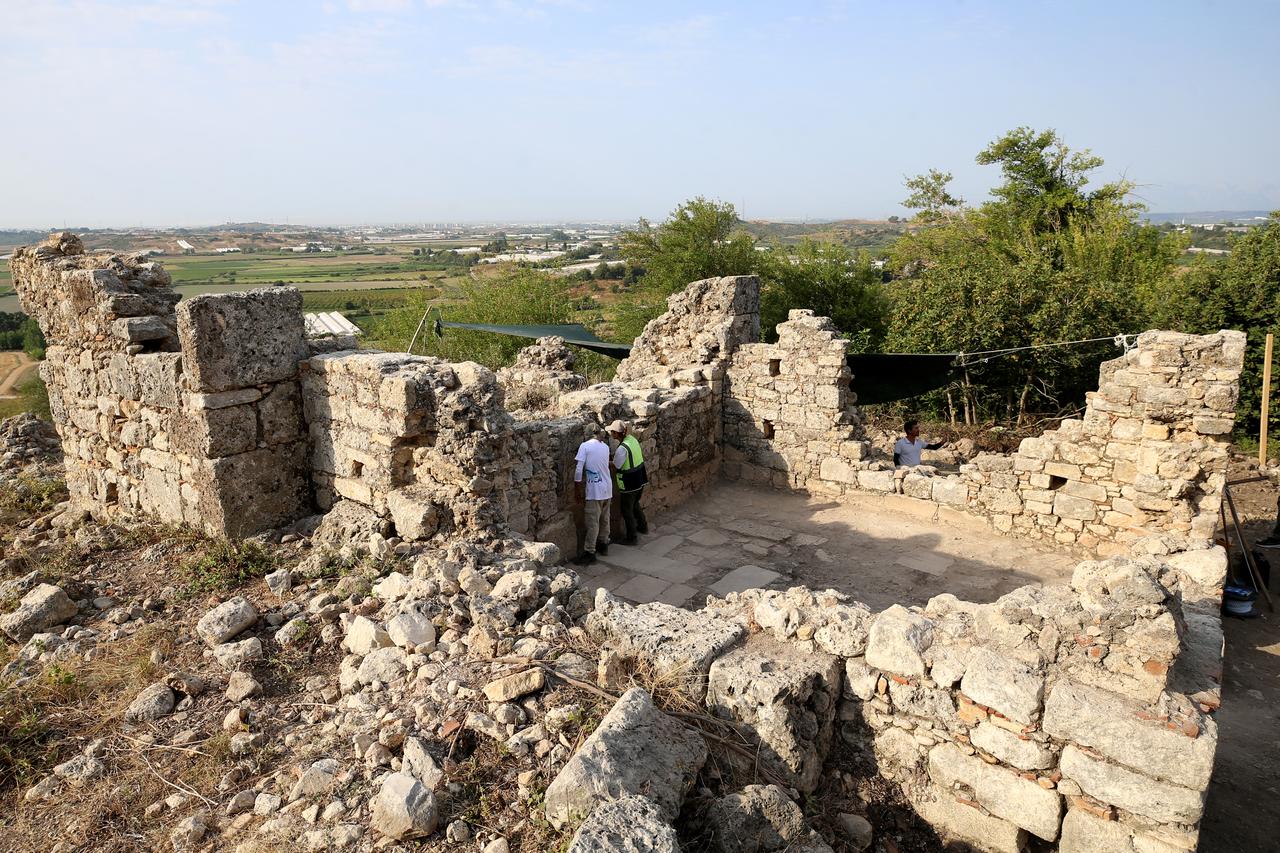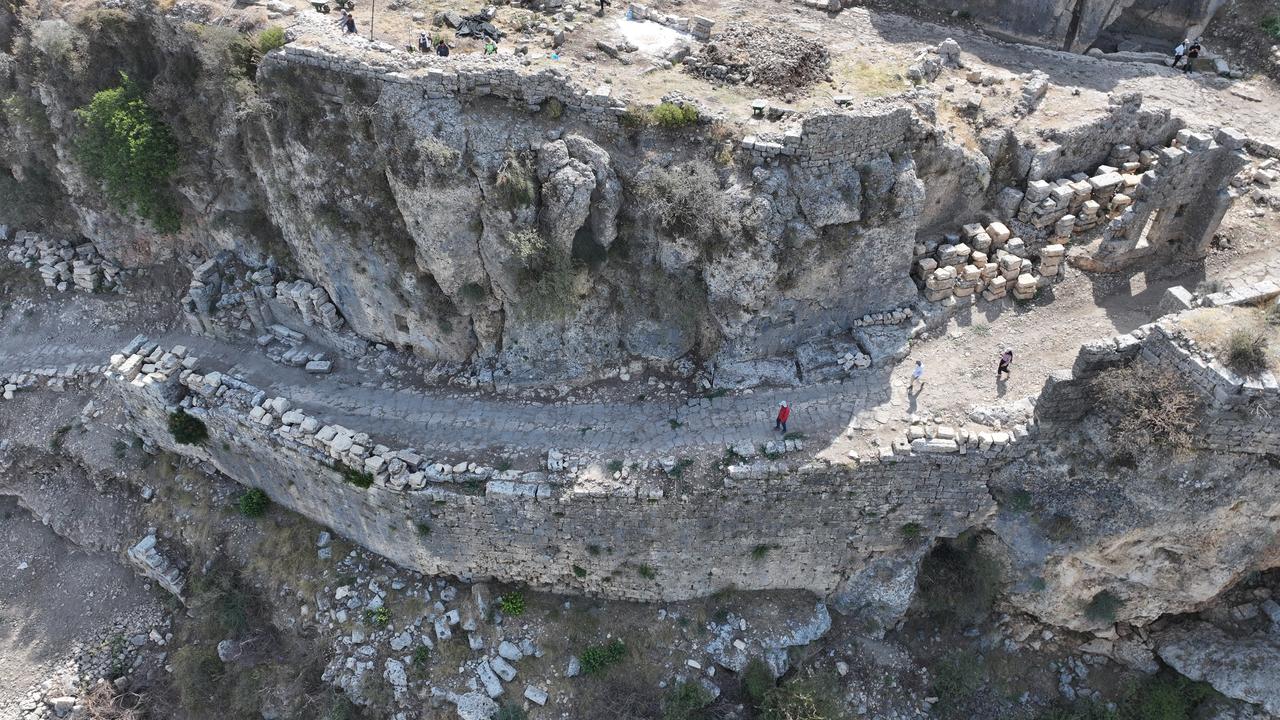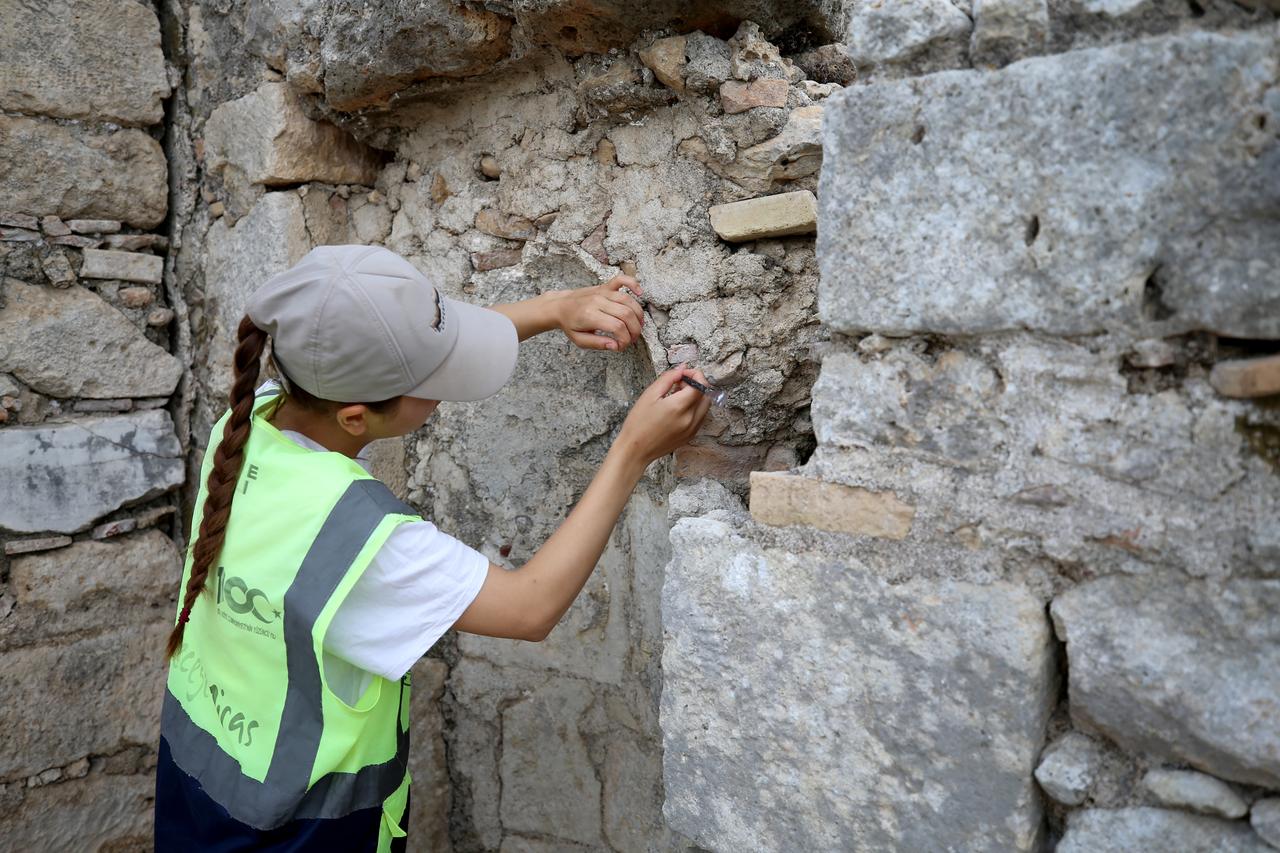
Archaeologists in the hilltop ancient city of Sillyon, in Antalya’s Serik district, have cleared a one-kilometer main street that stayed in use from the Hellenistic age through the Roman and Byzantine periods and on into the Seljuk, Anatolian beyliks (post-Seljuk principalities) and Ottoman eras.
The avenue, uncovered under the Ministry of Culture and Tourism’s “Heritage for the Future” program with support from fuel company Opet, is being prepared to open to visitors.

The team focused this season on the artery that runs from the lower settlement up to the acropolis, the fortified upper quarter of the city. Measuring four to ten meters across, the street remained in service from Sillyon’s earliest phase to its latest and was laid out with defense in mind, doubling as part of the city’s security system.
Murat Taskiran of Pamukkale University, who leads a roughly 50-person international team, said the paving survives well and the route still carries reused inscriptions from different times.

Along a stretch of roughly 300 meters, the street is flanked by a necropolis, the city’s cemetery area, where Hellenistic, Roman and Byzantine graves stand alongside later burials.
Ongoing work has identified 220 graves from the Anatolian Seljuk period, including an infant burial, showing how the avenue drew people to bury their dead beside a place of daily passage. The route also passes an Ottoman-era mescid (a small mosque).

Taskiran described the main street as a meeting point of eras: “As you walk here you can see an Ottoman mosque, a still-running Ottoman fountain, a Roman chamber tomb, Anatolian Seljuk grave groups, sacred areas, inscriptions, statue bases, city gates and period traces.”
He added that visitors will also come across Roman-period shops and cisterns, underscoring how the city’s built fabric gathered around the thoroughfare.

Founded on a high ridge in the early second millennium B.C. for security, Sillyon is being studied year-round through an interdisciplinary project that, in addition to archaeology, brings in geoarchaeology, zoology, paleoarchaeology, geophysics and geology.
With the main street now largely cleared of overburden, work continues to ready the route for public access while preserving its original surfacing.